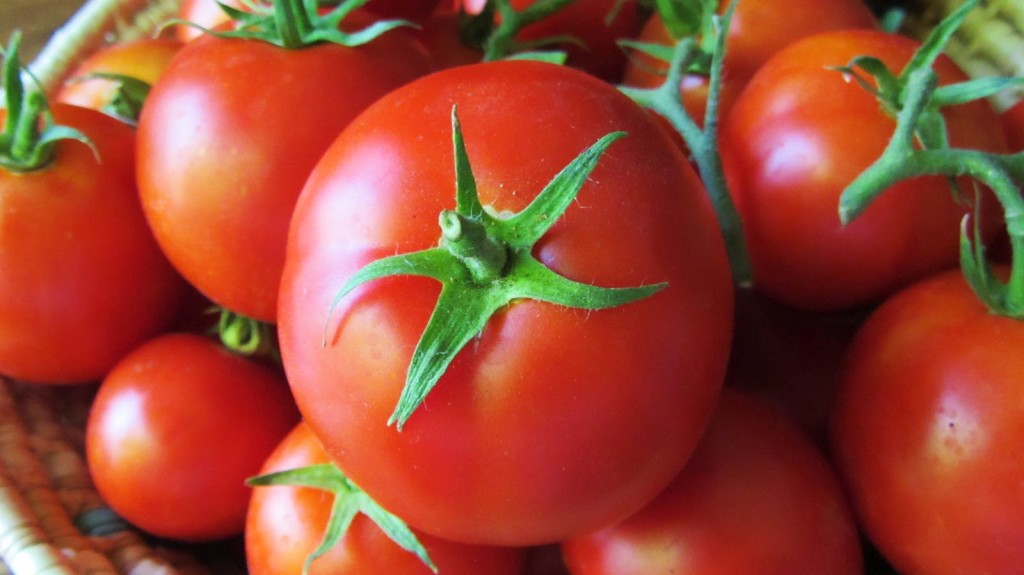Many have never heard of pruning tomato plants except for those pesky secondary branches and the central stem top a month before frost to force the plant into ripening the final fruit. Now, we’re learning
there’s more to do.
For tomato plants, is pruning necessary? For determinate plants, the answer is usually no. They produce a crop and are finished by late July to early August, so why bother. For determinate plants (grow until killed by freeze), pruning has few advantages. Getting rid of branches growing at a 45° angle from the base of horizontal branches is really just a waste of time.
Topping the central stem for both determinate & indeterminant at around 4’, however, strengthens the central stem and facilitates more branches, and the branches are where the fruits are produced. It also stimulates the branches to produce more flowers. Improved branches produce more fruit overall. Topping in Late October forces the plant to put more energy into ripening the final fruits.
There are basically no downsides to topping/pruning indeterminate tomato plants. Topping a determinate plant, however, may cause the main stem to struggle and limit the total harvest. Again, why bother. Once the plant is at least one’ tall, begin pruning the bottom branches to allow more air and light to reach what will be the lowest branches. By the time the plant is 3’ tall, the lowest branch should be at least 12” above ground level. Plant branch pruning (trimming) provides healthy, strong plants that avoid branches with fruit on them snapping, damaging or destroying the plant.
Pruning pepper plants allows more light and air to reach the plant. Prune branches to 6” above ground for small varieties and 12” for larger plants. Too much foliage at the bottom keeps needed oxygen from reaching the plant.






